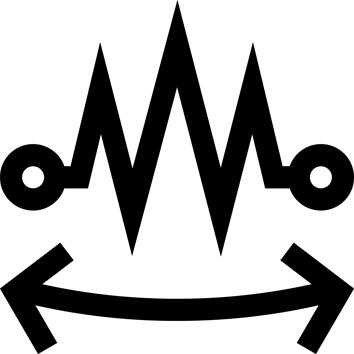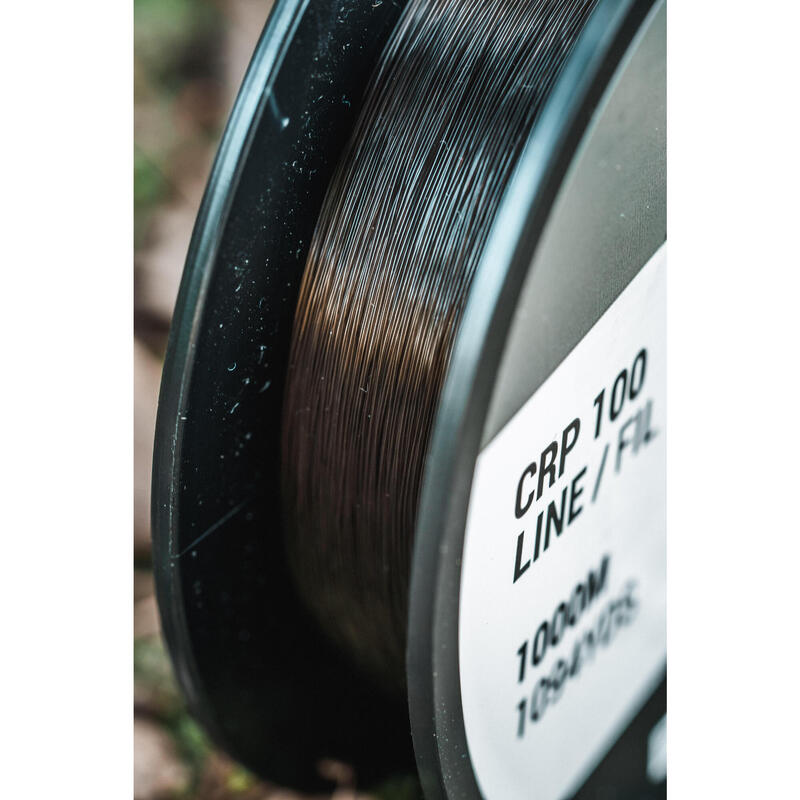FEATURES
- Linear resistance by diameter: the resistance indicated on the coil complies with the EFTTA chart.
Ø 30 - 7.1 Kg - 15.65 Lbs
Ø 35 - 9.1 Kg - 20.06 Lbs
Ø 40 - 11.3 Kg - 24.91 Lbs
- Colour: Brown
- Capacity: 300 m
Why use nylon?
Nylon is the ultimate all-rounder.
It has the particularity of offering great elasticity. This elasticity reduces the risk of stalling and breakage by absorbing the violent movements of the fish during the fight.
Your nylon may lose strength with time, wear and exposure to the sun. Check its condition after each fishing season.
How do you interpret the wire's resistance in kilograms?
This corresponds to the pulling force required to break the line. It's important to distinguish between tensile force and weight.
For example, a 10-kilo fish will exert a force of only a few kilos in the water if it is stationary or not very active. On the other hand, this same fish can exert a force greater than its weight, notably through its speed of movement during fights. This requires agility and concentration on the part of the angler to bring the fight to a successful conclusion.
How to interpret the wire diameter?
It is expressed in hundredths of a millimeter. In concrete terms, a 35/100 wire has a diameter of 0.35 mm. The larger the diameter, the greater the wire's tensile strength. On the other hand, it is also less discreet and less flexible.
Decreasing the diameter of the line increases casting distance and stores more length in the reel.
How to fill your reel with nylon?
Step 1: open the pick-up and tie the thread to the spool with a double single knot.
Step 2: after closing the pick-up, crank the spool to wind the thread, holding it tightly in a cloth. We recommend that you place the spool in a basin of water to reduce the risk of twisting.
Step 3: fill the spool, stopping 1 or 2 mm before the end of the upper lip of your reel's spool, then cut the line.
TIP
If you want to use braid in the line body, you can save some by installing a few metres of nylon (backing) before fitting the braid. For example, for a spool capacity of 500 m, you can use 200 m of nylon and 300 m of braid, connecting them with a knot.
This optimizes spool filling. It also prevents the braid from spinning on the spool.





